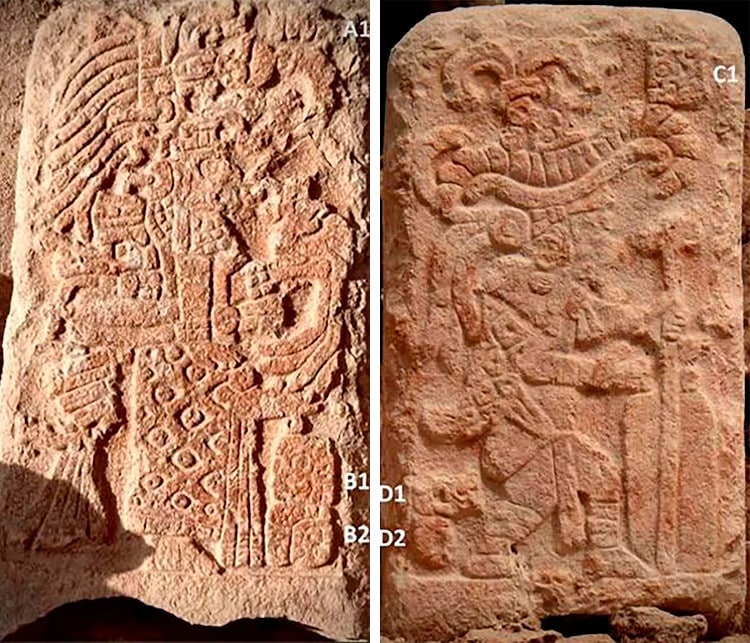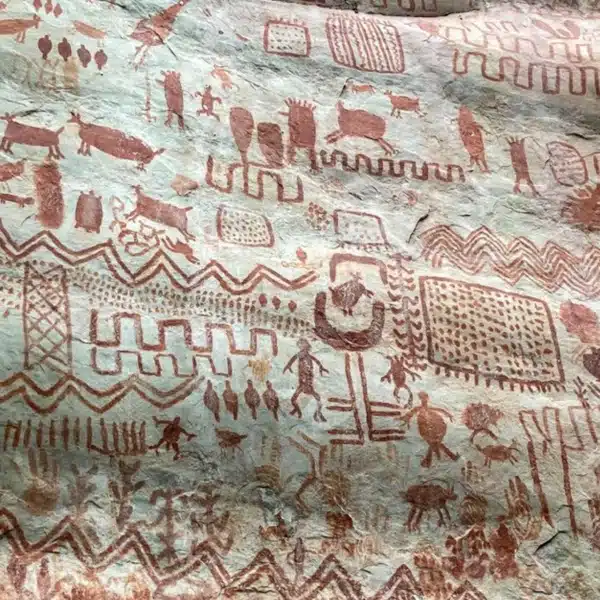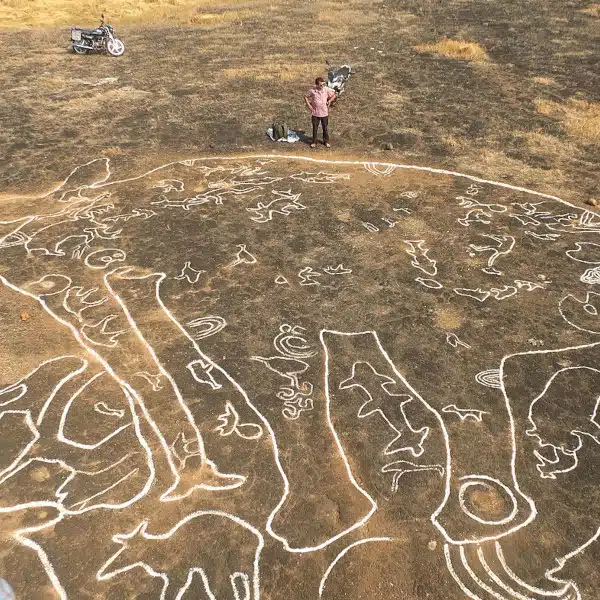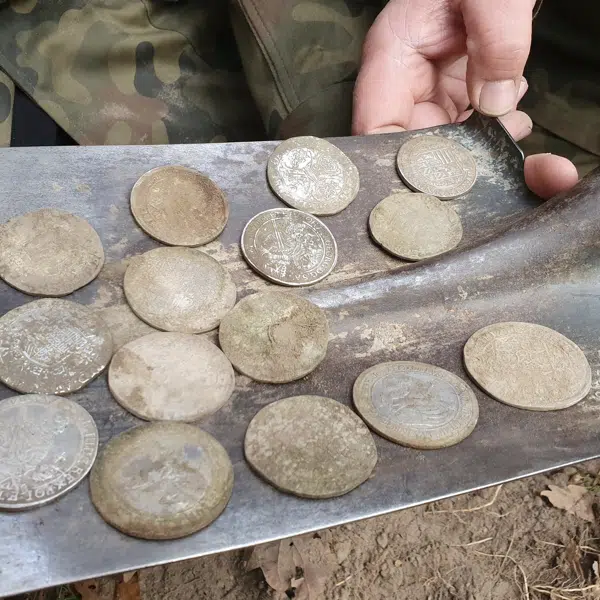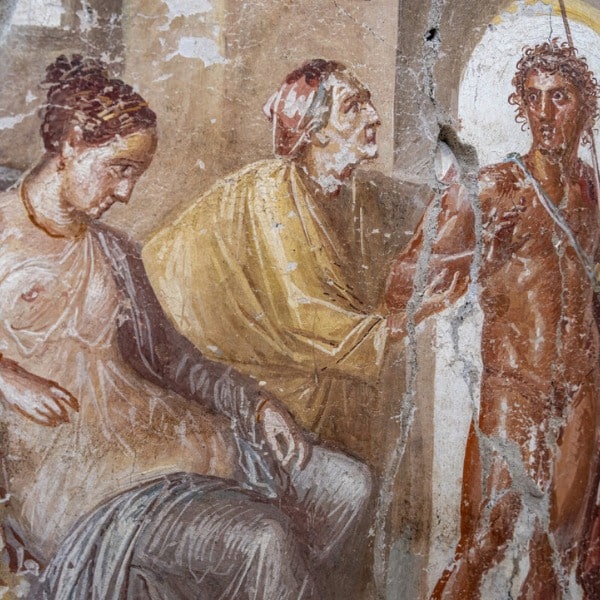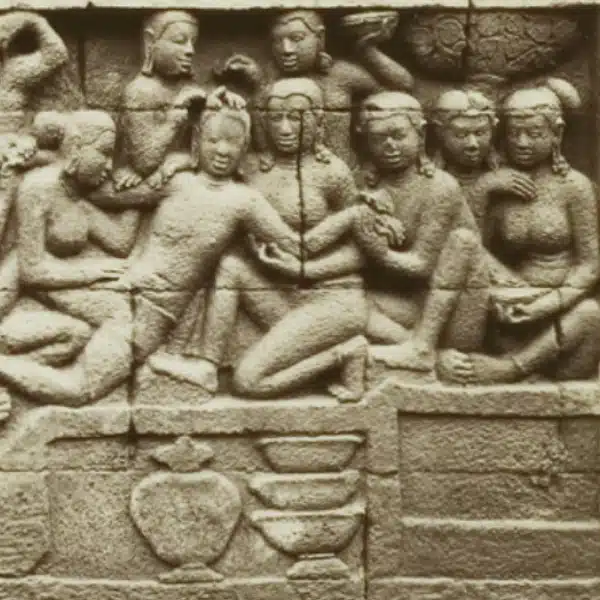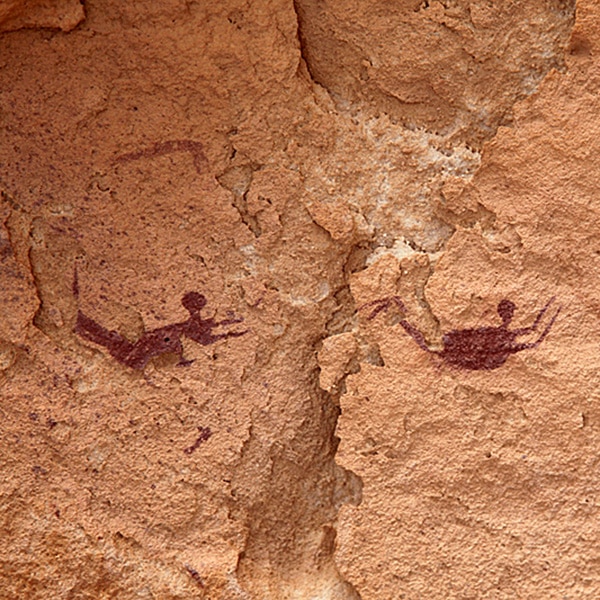The ancient Mayans were quite an advanced civilization. Although we seem to know a lot about them, most things about this culture remain a mystery. And every time a significant artifact is unearthed, it makes waves around the archeology world. During excavations in Uxmal, an ancient Mayan trade hub in Southeastern Mexico, a dual stele was discovered in a sunken patio at a complex know as El Palomar. The stele features a female and a male deity, and likely depicts the duality of life and death.
Researchers from Mexico's National Institute of Anthropology and History were thrilled about the stele being verified on site, in the exact place were the Mayans placed it back in the day. The artifact is 1.32 meters (4.33 feet) tall, 56 centimeters (22 inches) long and 20 centimeters (7.8 inches) wide. According to Uxmal's lead archeologist José Huchim, the stele dates back to 850–900 CE.
Arguably the most fascinating part about the stele is the figures carved in it. The female deity, located on the north-facing side of the stone slab, has either very large eyes or is wearing an eye mask, and there are visible whiskers on the sides of her mouth. Her breasts are uncovered, but she is wearing a pectoral with three rows of pearls, bracelets, and an ankle-long patterned skirt. She also seems to be holding a quetzal bird in her left hand. Although the glyphs in the piece are still being studied, a first read points to the topics of affluence and the underworld.
The male character, on the other side, is dressed in feathers, and the head of an owl is visible at the top. He is also wearing a loincloth, bandaged ankles, and a cape that goes over his shoulders and runs down his back. His left hand holds a cane, while the right seems to be carrying a bundle. A more thorough description of each element will be published in the prestigious archeology journal Arqueología Mexicana.
This discovery only foreshadows the unearthing of more artifacts, given the fact that not even 50% of Uxmal has been explored, and the lead archeologist even thinks that a royal tomb could be buried somewhere on the site. “This area has been studied for almost a century,” Huchim told La Jornada. “Five generations of archaeologists have worked here, which is reflected in the entire restored space and in the monuments that are preserved.”
As for the stele, developers are planning a new museum to display it and all the other artifacts found during the construction process for the Mayan Train, which will connect archeological sites, colonial cities, and beach towns in the Yucatan peninsula. Although this project has caused irreversible damages to the jungle habitats, researchers have found a silver lining in all the Mayan knowledge and artifacts that will be uncovered along the way.
Researchers uncovered a dual Mayan stele during excavations in the old Mayan trade hub of Uxmal, located in Southeastern Mexico.
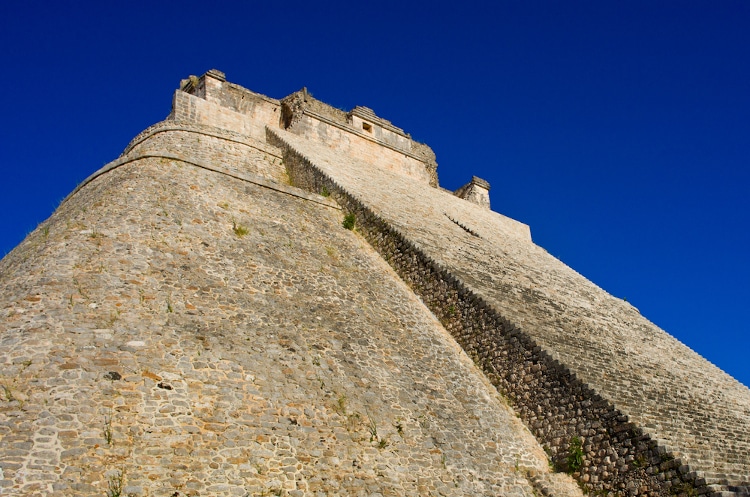
Photo: Byelikova/Depositphotos
The stele features a female and a male deity carved in the style of the Puuc and Chen regions, and likely depicts the duality of life and death.
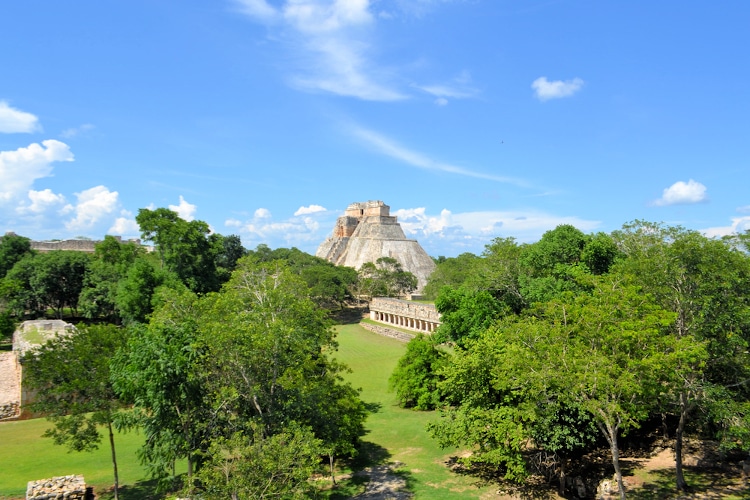
Photo: flocutus/Depositphotos
The artifact is 1.32 meters (4.33 feet) tall, 56 centimeters (22 inches) long and 20 centimeters (7.8 inches) wide.
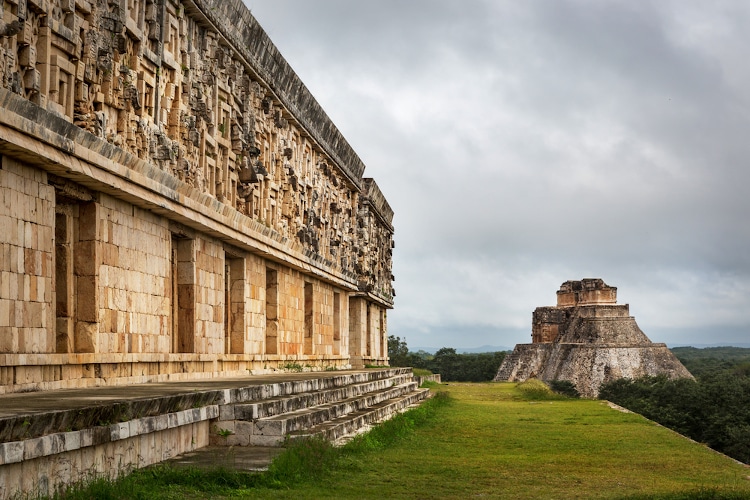
Photo: lspencer/Depositphotos
This discovery only foreshadows the unearthing of more artifacts, given the fact that not even 50% of Uxmal has been explored.
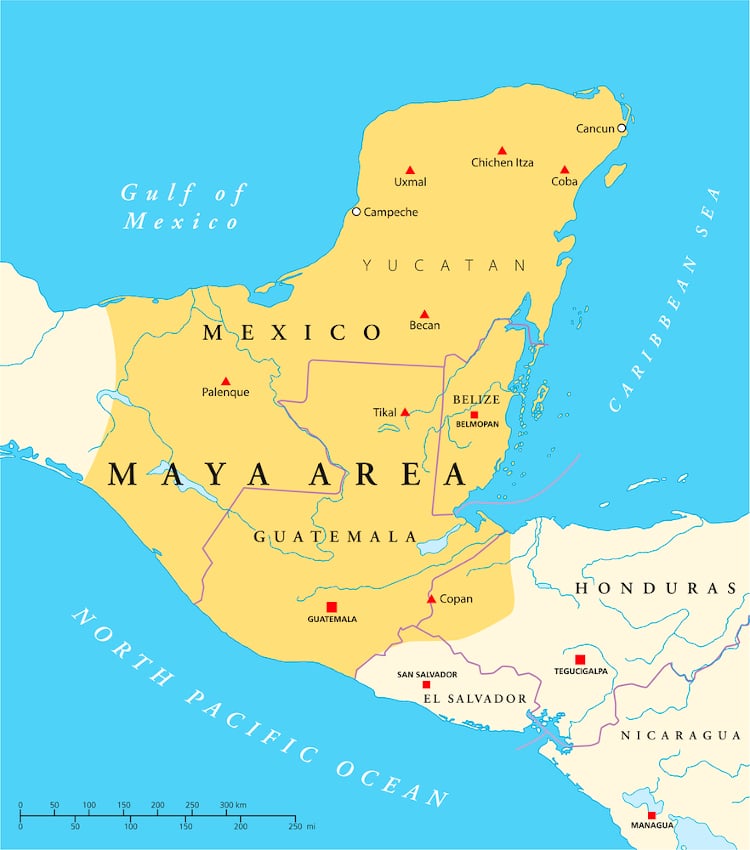
Photo: Furian/Depositphotos
National Institute of Anthropology and History: Website
h/t: [ARTnews]
Related Articles:
500 Ancient Olmec and Mayan Ceremonial Sites Discovered in Mexico
Surprising Research Discovery Finds That Machu Picchu Is Older Than We Thought
10,000-Year-Old Skeleton Found in Britain Has a Modern-Day Descendant Living Close By
Monarch Butterfly Populations Are Showing Recovery After a Winter in Mexico
